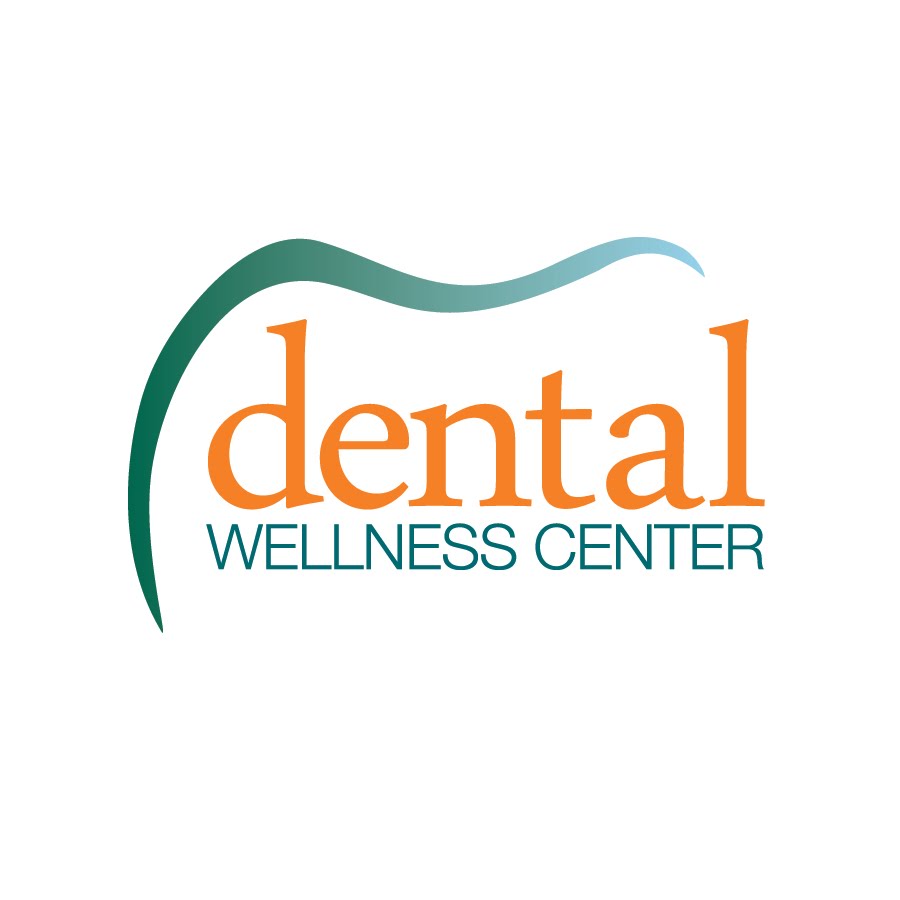Home Remedies for Toothaches
Anyone who’s had the bad luck to be waylaid by a toothache knows that few experiences are more miserable. You want relief and you want it now. While home remedies may temporarily ease discomfort, the only way to get lasting toothache relief is to see a dentist.
Until you get professional help you may get some temporary relief using these toothache home remedies:
Rinse your mouth with warm water. Some toothaches are caused by trapped food particles. Use dental floss to remove anything wedged between teeth. This ensures a clean mouth and provides toothache relief.
Take an over-the-counter pain reliever. Toothaches can often be eased with pain relievers. Consider applying ice to the affected area as an additional toothache remedy.
Apply an over-the-counter antiseptic containing benzocaine. This is a tried and true temporary toothache remedy.
Avoid very hot or very cold foods. Toothaches lead to sensitive teeth, so treat them gently.
Toothaches won't just go away. Your ultimate toothache remedy will come from a dentist. Toothache remedies depend on the source of the problem; an X-ray will usually be used to check for decay or other dental problems. Then your dentist can perform the appropriate dental treatment, such as a tooth filling, tooth extraction or root canal.
Remember, toothache remedies can't top prevention! The best way to stave off toothaches is to practice good oral hygiene, including regular flossing and brushing. Another great toothache remedy is your dental visit; it helps your dentist prevent and identify problems before they become serious.
Dental Wellness Center offers our patients an after hours phone number that you can always call when our office is closed if a dental concern arises... you can trust that you will reach a member of our staff on this line and that you will be taken care of. We do not use an outside "answering service" to take care of our patients because you are our priority!
